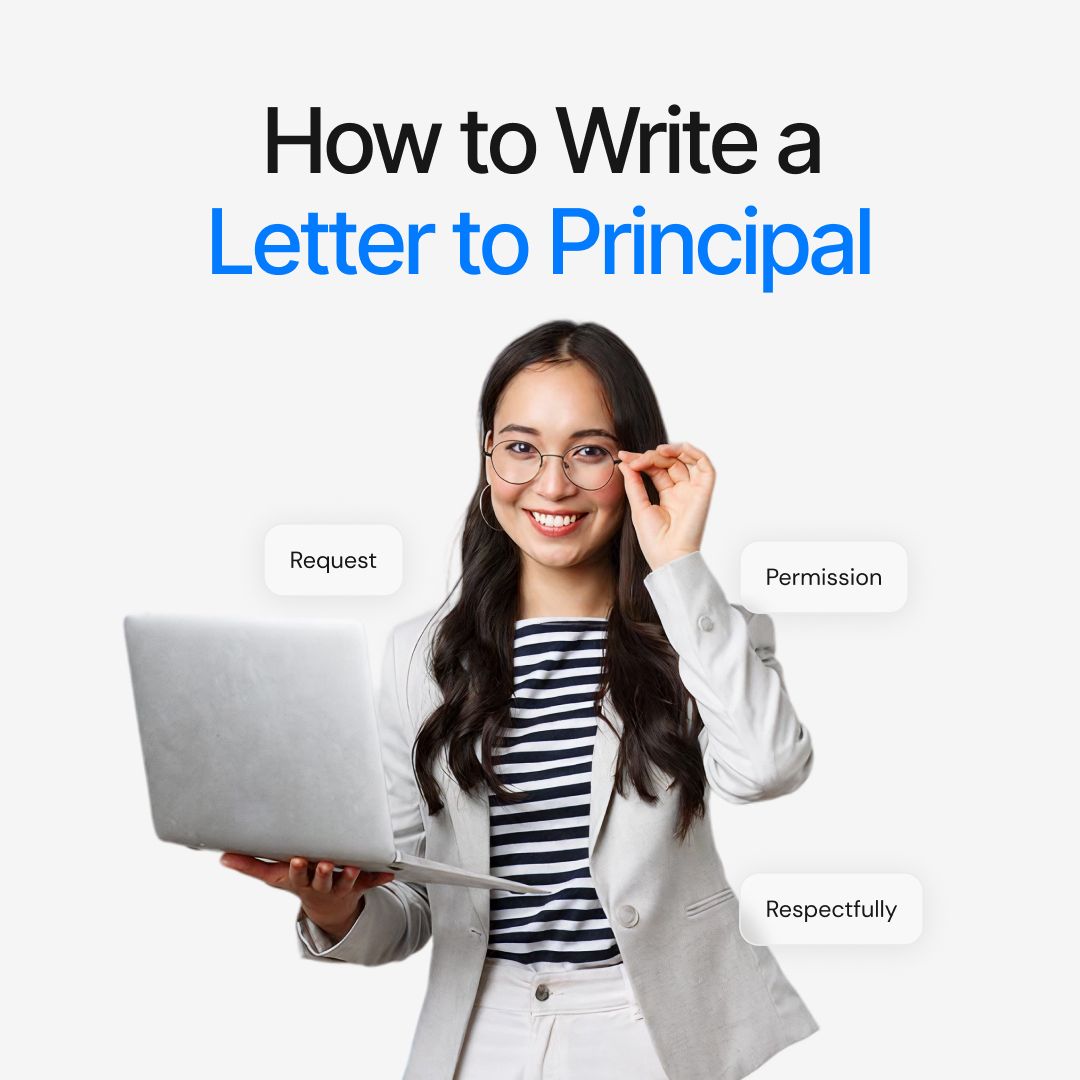Frequently Asked Questions
More topics you may like

How to Write a Brand Collaboration Proposal in 2025

Muhammad Bin Habib

How to Become a Freelance Writer in 2025

Muhammad Bin Habib

How to Write a Case Study, with Examples, Tools and Templates

Muhammad Bin Habib

How to Write a Complaint Letter to a Hospital


How To Write A Letter To The Principal, with Format Guide and Samples

Muhammad Bin Habib
